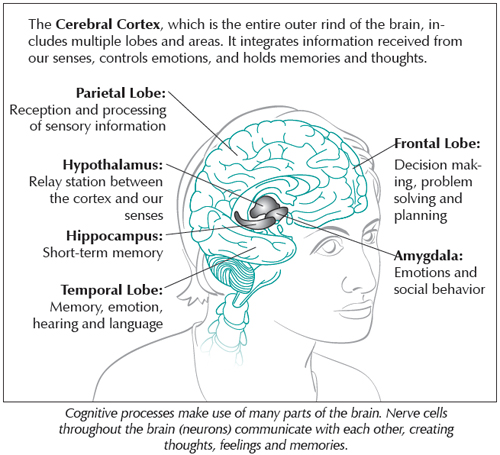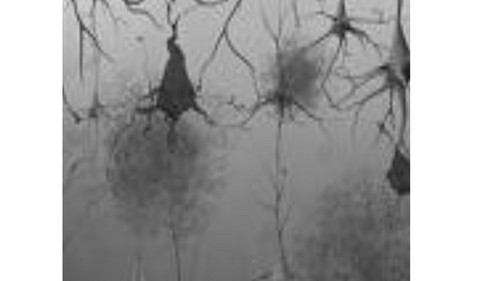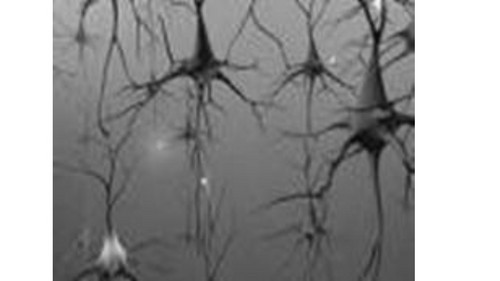Neuroplasticity
curriculum | proposed clinical trials | cognition | neuroplasticity | quality of life | dementia |
Neuroplasticity refers to your brain's potential to reorganize to better meet current needs -- to adapt -- through creating new pathways that allow it to adapt. In effect, to rewire your brain. How does this work?
When you learn a new skill, engage in activities that cause you to focus and concentrate, your brain adapts by creating new connections to help you sharpen your new skill -- this is the rewiring.
The more you focus and practice something the better you become at the new skill that you are learning, or tackling an obstacle you are trying to overcome.
By doing this, new neural connections are created in the brain as synapses that, while usually not firing together ...now start to connect to one another in order to support your activity.
You are actually rewiring your brain function more effectively in the manner you most need, at the time.
Like rain waters flowers, stimulating activities are therapeutic and enhance neuroplasticity in the brain, specifically in the hippocampus region ...growing neurons like healthy roots creating and improving the synaptic transport enhancing cognition.
(l) Unstimulated, atrophied neurons; (r) Stimulated, healthy neurons
Normal cognitive functions each have an area of the brain, all their own.
Brain science documents that when we are challenged in any of these areas, we actually GROW NEW BRAIN NERVE CELLS in these areas, to overcome our cognitive challenge.

The Cerebral Cortex, which is the entire outer rind of the brain, includes multiple lobes and areas. It integrates information received from our senses, controls emotions, and holds memories and thoughts. Cognitive processes make use of many parts of the brain. Nerve cells throughout the brain (neurons, see below) communicate with each other, creating thoughts, feelings, and memories. Aging Thru Art Cognitive Arts therapy methodology uses the Arts to focus into these brain areas to stimulate neural growth to maintain and improve cognition.
Client and caregiver-therapist goals and talking points are reached connecting creative activities around client-centered themes to provide stimulating and rich individual and/or group experiences climbing and descending a cognitive staircase featuring taking the client for a walk of discovery around their own brain to help it maintain and increase its weight ...(rather than waste away and atrophy).
<>
Definition -- Neuroplasticity: ability of our brain to grow or shrink in size and mass.
Environmental stimulation, including sight, smell, taste, touch and education triggers our cells in our Hippocampus region to multiply, and become larger, denser and healthier ...increasing cognitive function. Studies on successful cognitive methods similar to ours w/significant outcomes, include: Hebrew Home for the Aged.[i] [ii]
(above) Inside a living brain: (l) Dendrites w/cellular degeneration. (r) Healthy dendrites with enriched, dense connections.
Also see, 'Brain Science'.


